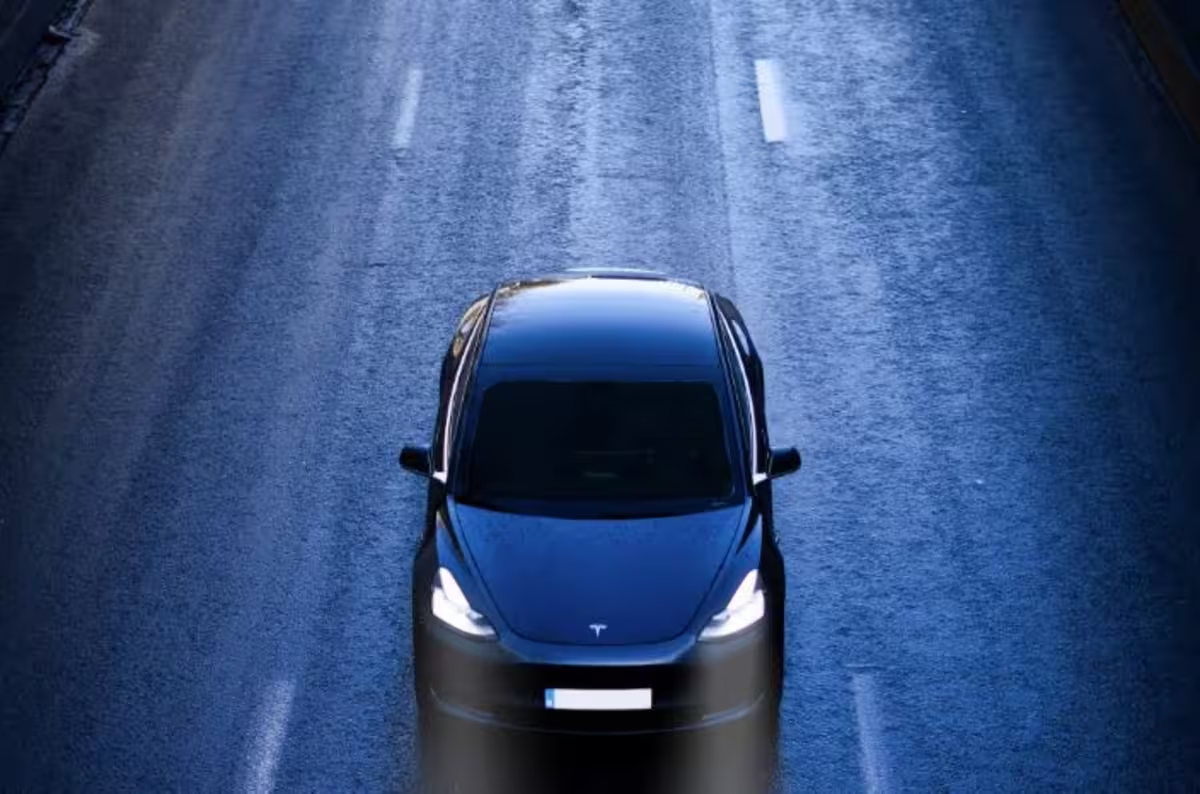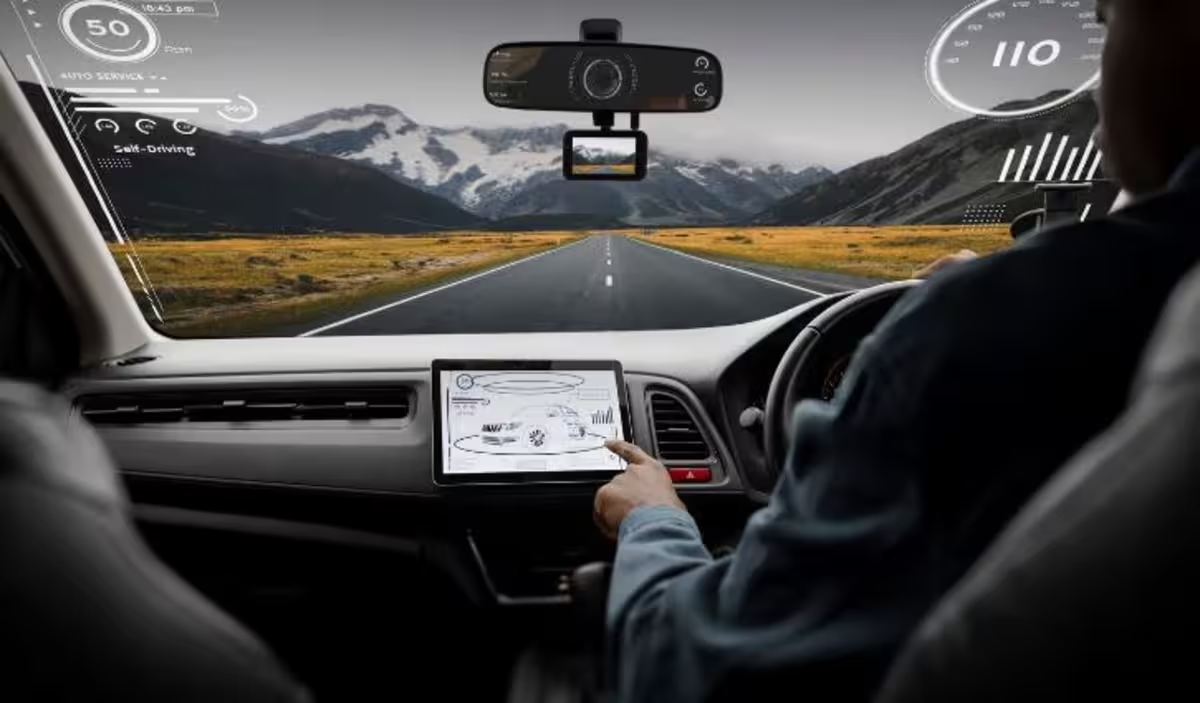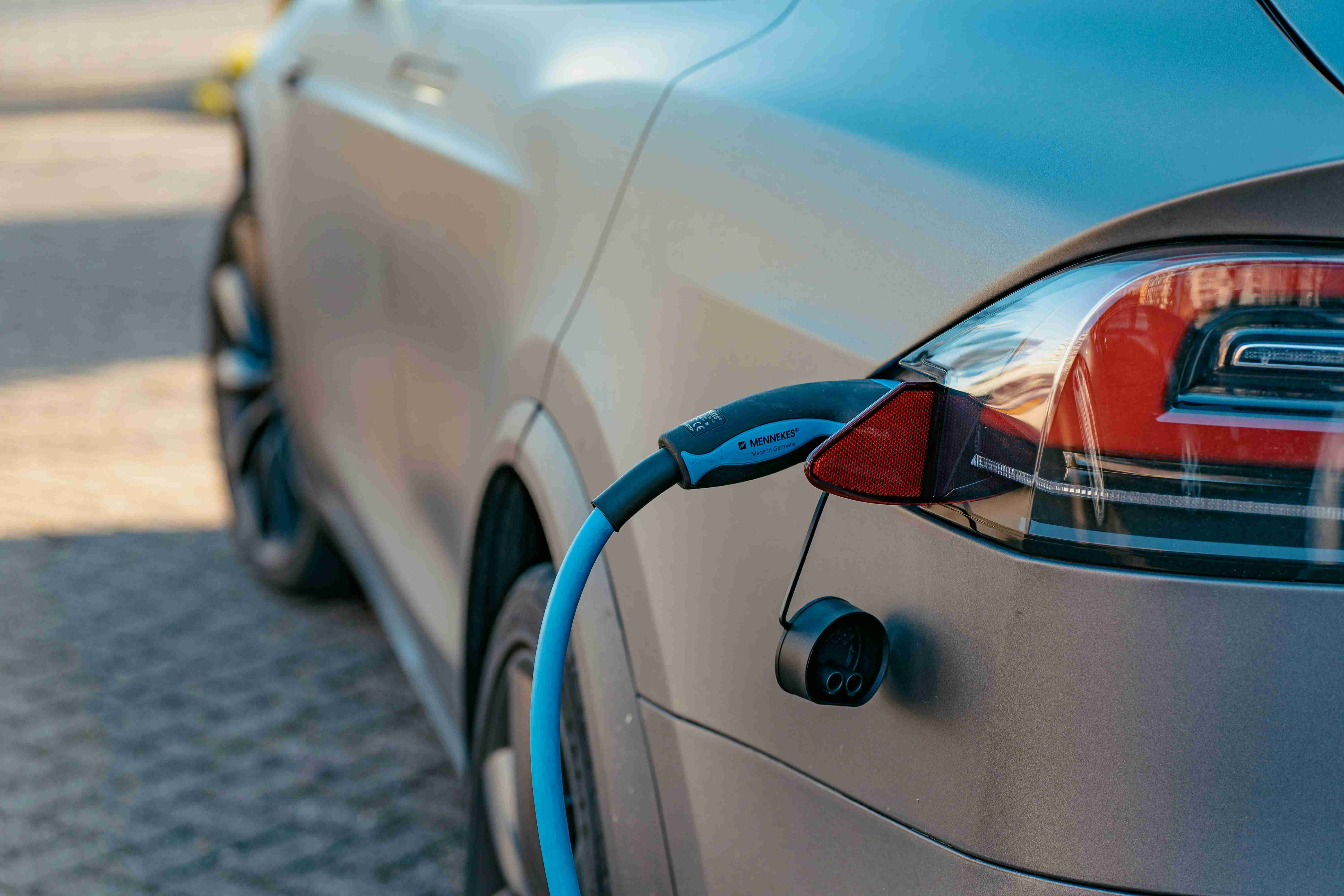Why is Tesla Model 3 so successful? Business case & marketing analysis
The Product and the Company
I will go out on a limb and say, regardless of what you think about Tesla and/or Elon Musk, the Model 3 will go down in history as one of the largest drivers of the worldwide transition to electric mobility. Tesla, Inc., the American titan of clean energy and automotive technology, has been the talk of the town for a decade. Whether you're a fan or a skeptic, there's no denying that Tesla has turned the industry on its head, and the Tesla Model 3 is at the very heart of this revolution. The success of the Tesla Model 3 isn't just about the car itself, but about Tesla's strategic business moves, including their digital marketing strategy, competitive pricing, and an understanding of their target market. In the EV market growth of 2024, the Model 3 stands as a testament to Tesla’s forward-thinking approach, setting a benchmark that competitors strive to meet.
The Model 3, Tesla's flagship model since its launch in 2017, has not just lived up to the hype—it’s become a symbol of what the future of driving could be. Designed to make your life easier and more sustainable, this electric sedan is more than just a car; it’s a lifestyle. From its minimalist user interface to its delightful Easter eggs (ever tried honking to the tune of a customized sound?), the Model 3 offers an experience that's as much about joy as it is about practicality.
Offered in three performance variants—Rear-Wheel Drive, All-Wheel Drive Long Range, and Performance All-Wheel Drive—the Model 3 caters to a wide range of drivers. Prices start at €42,490 and go up to €58,490, a pricing strategy that keeps things simple and straightforward. While competitors might overwhelm you with endless options, Tesla’s approach is refreshingly uncomplicated. Less is more, and in the case of the Model 3, what you see is what you get—a high-value, high-performance electric vehicle that’s easy to love.
The Model 3 isn’t just a car; it’s your gateway into the Tesla ecosystem. Once you’ve experienced its seamless integration with Tesla’s software services like Autopilot and the controversial Full-Self Driving package, you'll likely find yourself exploring Tesla’s other offerings. Maybe you’ll invest in a Tesla Wall Charger, or perhaps you’ll consider adding their solar panels to your home. The Model 3 is the star of Tesla’s lineup, sitting comfortably in the 'Star' quadrant of the BCG-Growth Share Matrix, thanks to its high market share in the rapidly expanding EV market.
However, like all stars, the Model 3 isn’t without its flaws (dare I say, almost similar to the Cybertruck). The recent Highland update brought some welcome hardware improvements—better sound insulation, upgraded suspension, and a few new features—but there’s still room for growth, especially in the software department. Tesla’s rivals, like Nio and BMW, are pushing the envelope with more accurate automated driving systems, and it’s high time Tesla caught up. And let’s not forget about range anxiety; extending the Model 3’s range should remain a top priority for future updates.
Let's do something different today: instead of diving deep into the technicals, let's do a complete business case analysis. Similar to what a product planner might do around the concept freeze phase. Go above and beyond the actual car, and just try to understand the marketplace, how to sell a car, how to position it well and make sure it's a homerun. Something Tesla did astonishing well for the Model 3, let's see how!
Target Market Segmentation
Despite its broad appeal, the Tesla Model 3 has a sweet spot in the market: young adults, from their late 20s to mid-40s, who are carving out their space in the world. These are the tech-savvy, eco-conscious professionals, often living in urban or suburban settings, who are eager to be part of the sustainable transportation movement. They’re college graduates, many with advanced degrees, who value cutting-edge technology just as much as they do sustainability.
For these individuals, the Model 3 isn’t just a car; it’s a badge of honor, a symbol of their forward-thinking mindset. They see themselves as pioneers in a movement, driving the change they want to see in the world, one electric mile at a time. In their eyes, other Tesla owners aren’t just fellow drivers; they’re part of a close-knit community where everyone shares the same vision of a tech-forward, sustainable future.
The Model 3 fits seamlessly into their lives as a daily driver, offering practicality, efficiency, and a bit of flair. This isn’t the car you save for weekend joyrides; it’s the one you rely on day in and day out. Many Model 3 owners are repeat buyers, upgrading from older models as Tesla continues to innovate. For new buyers, the Model 3 often represents a lifestyle upgrade—whether they’re transitioning from an internal combustion engine vehicle or moving up from a more basic electric car.

Positioning vs. Competitors
Let’s talk about positioning. In the crowded EV market, the Tesla Model 3 stands out as a “More for Same” proposition. For tech-savvy and environmentally conscious consumers, it’s the electric sedan that delivers the ultimate driving experience—cutting-edge technology, exceptional performance, and all at a price that’s hard to beat. The user interface is as intuitive as it gets, the driving experience is smooth, and the features are top-notch. Sure, other cars in the same price range might offer more luxurious interiors, but they often fall short when it comes to software and overall user experience.
On the other hand, competitors like the Lucid Air and BMW i4 are positioned in the “More for More” category, targeting those who are willing to pay a premium for a more luxurious experience. The Polestar 2, Volkswagen ID.7, and BYD Seal Excellence AWD are more direct competitors, but even they struggle to match Tesla’s blend of high-tech features and competitive pricing.
The smartest move for the Model 3 is to stay in the “More for Same” segment. Transitioning to “More for More” would not only alienate its core customer base but also risk cannibalizing sales of Tesla’s higher-end models, like the Model S. While the “More for More” category might offer higher profit margins, the Model 3’s success lies in its volume—selling more cars to more people.
Interestingly, the most competition isn’t in the “More for Same” category but in the “More for More” space. Traditional car manufacturers like Audi and BMW, trying to break into the EV market, often find it too costly to compete with Tesla directly, so they aim for the luxury segment instead.
But what about a new segment altogether? Imagine a “Less for Much Less” category—a budget-friendly EV targeting students or small families currently driving cars in the $10,000 to $15,000 range. It might not offer everything the Model 3 does, but with Tesla’s core technology and platform, it could be a game-changer, opening up the EV market to an entirely new demographic.
Placement
When it comes to buying a Tesla, you won’t find yourself wandering through a maze of third-party dealerships. Tesla sells directly to customers, primarily through their website. You can configure your dream car, explore payment options, and even check out used cars, all from the comfort of your couch. But if you’re the type who likes to kick the tires before making a decision, Tesla has you covered with a network of company-owned stores and service centers. These locations let you get up close and personal with the Model 3, take it for a spin, and chat with knowledgeable staff before placing your order.
Tesla’s approach to sales and distribution is as streamlined as the cars themselves. By managing their own showrooms and online platform, Tesla avoids the pitfalls of traditional car sales. No wholesalers, no distributors—just a direct line from Tesla to you. This setup varies slightly depending on where you are in the world, but the core principle remains the same: Tesla is in control of the entire process, from manufacturing to delivery.
On a fulfillment matrix, Tesla lands squarely in quadrant #3—primarily online retail with the added benefit of physical showrooms. Buying a car isn’t a decision you make overnight, and Tesla understands that an omnichannel approach is necessary to guide customers through the months-long process of purchasing a vehicle.
Promotion
Tesla’s promotional strategy is all about pulling, not pushing. Rather than bombarding you with ads on TV, radio, or print, Tesla lets its products and brand reputation do the talking. The result? A consumer demand that’s driven by innovation and word of mouth, rather than traditional advertising channels.
Digital marketing is Tesla’s playground. Whether it’s Elon Musk tweeting about new features or tech influencers like Marques Brownlee offering in-depth reviews, Tesla knows how to generate buzz. These reviews aren’t just previews; they’re deep dives into the latest updates, sometimes long before they hit the market, creating a sense of anticipation and excitement. Tesla’s army of beta testers also plays a crucial role, testing out new features like automated driving and sharing their experiences online, fueling the hype even further.
Content marketing is another key component of Tesla’s strategy. The company’s blogs are a treasure trove of information, regularly updated with news about new products, features, and market responses. High-profile product launches and company updates keep Tesla in the public eye, ensuring that the brand stays top of mind.
Tesla’s word-of-mouth marketing is bolstered by a strong, almost cult-like following. Tesla owners and fans are deeply invested in the brand, often joining online communities where they can share news, rumors, and experiences. This grassroots approach to marketing is incredibly effective, creating a network of brand ambassadors who promote Tesla without any prompting.
While Tesla does engage in personal selling through its company-owned stores, don’t expect any pushy sales tactics. Tesla lets the product sell itself. And when it comes to pricing, Tesla isn’t afraid to shake things up. The company has been known to cut prices, sometimes dramatically, in a bid to outmaneuver newcomers in the market. However, this should be a short-term strategy. In the long run, Tesla would do well to focus on providing premium value rather than competing on price alone.
Tesla’s promotion strategy is a masterclass in modern marketing, leveraging digital channels, content marketing, and a devoted fan base to create demand without resorting to traditional advertising. It’s a strategy that reflects Tesla’s commitment to innovation—not just in its products, but in how it reaches and engages with its customers.
The EV-Global Verdict
The verdict is quite simple: there's no denyig the success of the Model 3, and the role it played to bring the EV market to where it is today. The Tesla Model 3 isn’t just another electric car; it’s a glimpse into the future of driving. With its combination of cutting-edge technology, sustainable design, and an unparalleled user experience, it’s no wonder the Model 3 has become a global sensation. And let's not forget about range: the Model 3 was indeed the very first EV to break it into the mass market, and a huge reason for that was bringing ease of mind to the customers for owning it.Whether you’re a young professional looking to make a statement or an eco-conscious driver eager to embrace the future, the Model 3 offers something for everyone.
In a world where competition is fierce and the stakes are high, Tesla continues to lead the charge, not just by staying ahead of the curve but by redefining what it means to be a car company in the 21st century. The Model 3 is more than just a car—it’s a movement that exemplifies Tesla’s business strategy and their ability to adapt to the future market dynamics. As Tesla continues to refine its pricing strategy and explore new avenues like the Tesla Autonomy Platform, the future of the Tesla Model 3 looks promising. While I'm not the biggest Tesla fan myself, I hope for the sake of the EV industry that Tesla continues to innovate and surprise us, especially as we look forward to what comes after the Highland. The ride is only going to get more exciting from here.



